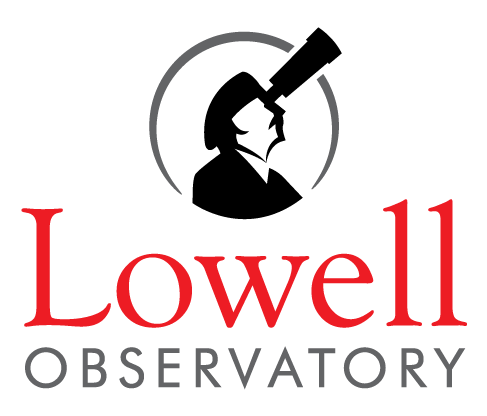Saturn's largest moon, Titan, hosts a methane-driven hydrological cycle [1-2]. This methane has been in the atmosphere for less than 470 Myr [3]. However, the reservoir that released this methane is poorly understood. Here we show that Titan presently has a bistable climate, and that the atmospheric methane is released during a transition between climatic regimes: from the colder "Slushball Titan" regime (in which all surface methane is sequestered in the depths of a nearly global nitrogen-dominated ocean) to the present warm climatic regime in which nearly all surface methane is atmospheric. In the Slushball Titan regime, the lack of atmospheric methane results in frigid surface temperatures, well below 84 K [4-5], the tipping point between regimes. Under these conditions, Titan's atmosphere partially collapses into a nearly global ~70 m deep nitrogen ocean. Thermodynamics drive nearly all surface methane (whether atmospheric or geologically released) into this ocean. We propose that Titan was in a slushball climate until a few hundred Myr ago, until an energetic event (such as a large impact and/or changes in insolation) warmed Titan sufficiently to trigger a transition to the warm Titan climate. This transition would evaporate the nitrogen ocean and release its oceanic methane to the atmosphere. This atmospheric methane would further warm the moon and begin to experience photochemical processing. This scenario is consistent with Titan's surface cratering age (200-1000 Myr; [6]), the ~50-630 Myr required to form Titan's dune materials from atmospheric methane [7], and the ~300-1200 Myr required to explain Titan's global shape via ethane substitution in methane clathrates [8]. This is also consistent with the presence of fluvial features in Titan's low latitudes [9], the lower crater abundance at lower elevations [10], and the overabundance of small craters, which indicate that Titan's atmosphere was thinner in the past [6]. [1] Tomasko et al. 2005. Nature 44, 61 [2] Tokano et al. 2006. Nature 442, 432 [3] Mandt et al. 2012. ApJ 749, 160 [4] Lorenz, 1997. Science 275, 642 [5] Charnay et al. 2014. Icarus 241, 269 [6] Neish & Lorenz. 2012. P&SS 60, 26 [7] Sotin et al. 2012. Icarus 221, 768 [8] Chokrun & Sotin, 2012. GRL 39, L04201 [9] Larsson & McKay. 2013. P&SS 78, 22 [10] Neish & Lorenz. 2014. Icarus 228, 27
